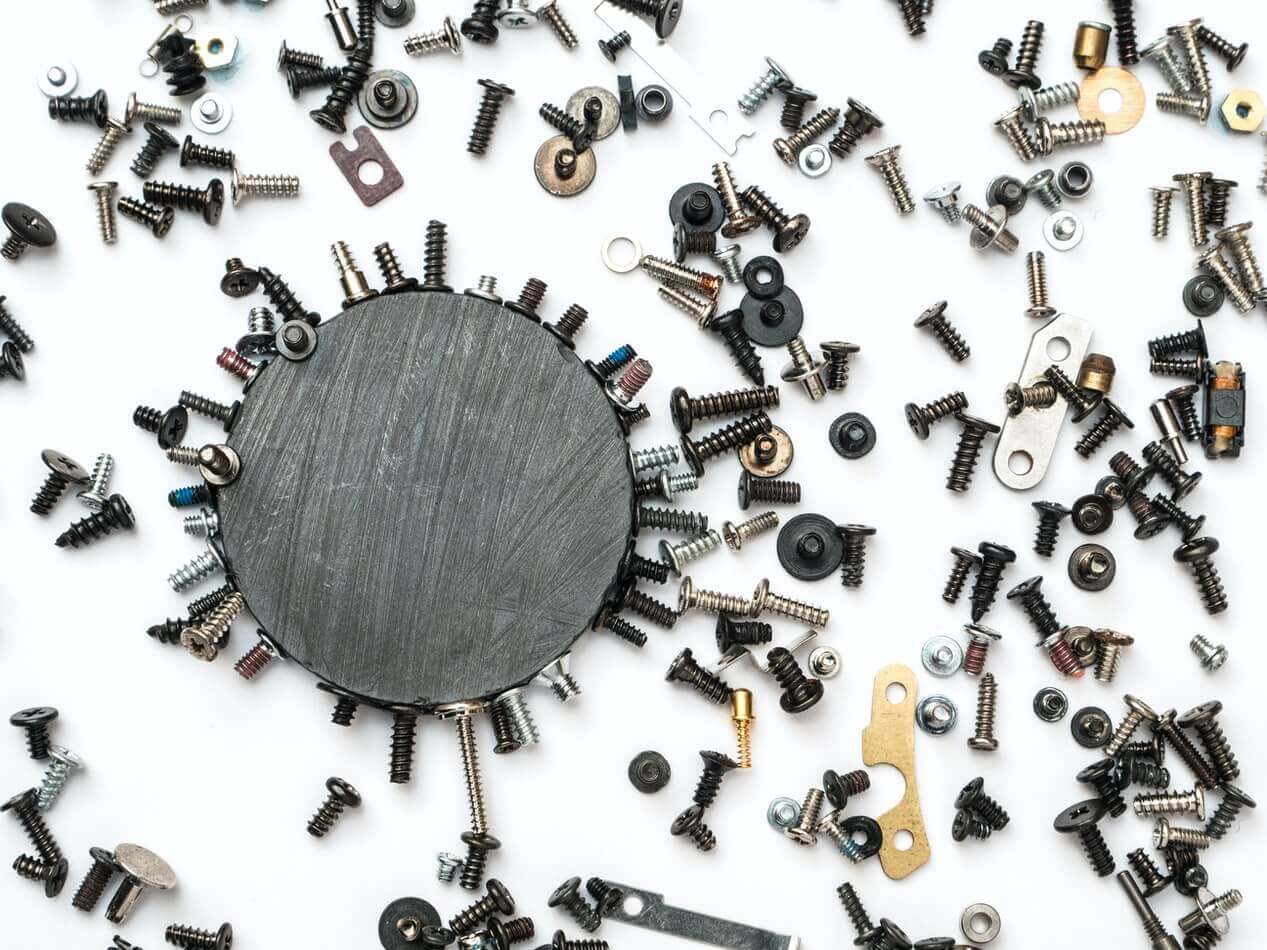There is no desired page
No expected tab

Unfortunately, the page you are looking for could not be found.
The URL might be incorrect or the page may have been moved.
For further assistance, you can:
- go to the homepage and navigate to the desired magnetic category,
- use the search function to find the resource you are interested in
- visit the price list page, where you will find our entire offer, which you can also print out
- contact us through the contact form on the contact page or call us at +48 22 499 98 98.
Thank you for choosing our company.
IP: 216.73.216.85
Looking for a better price?
Call us +48 22 499 98 98 or contact us using our online form the contact section.
Parameters as well as shape of a neodymium magnet can be checked using our magnetic calculator..
Same-day processing for orders placed before 14:00.

